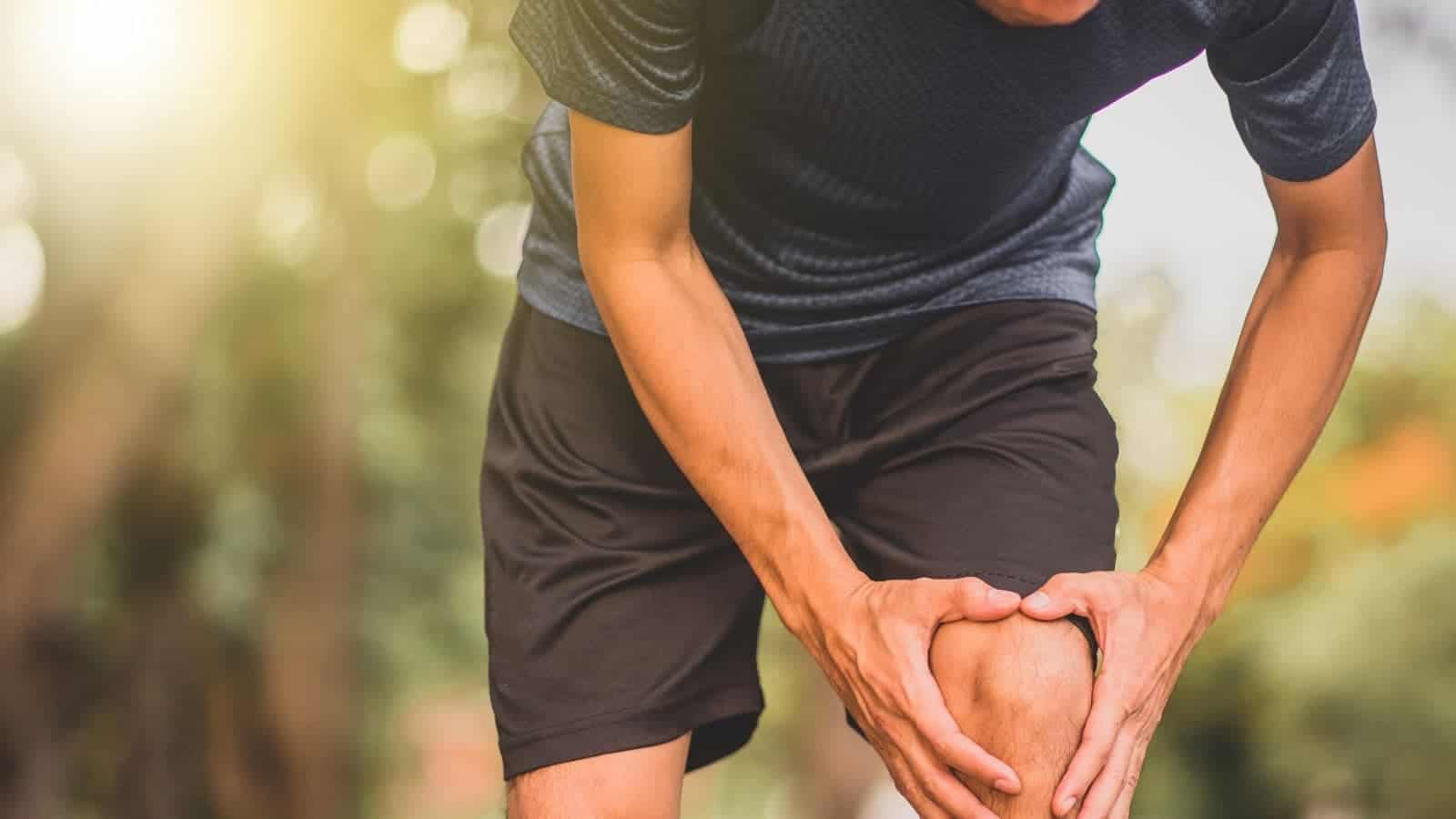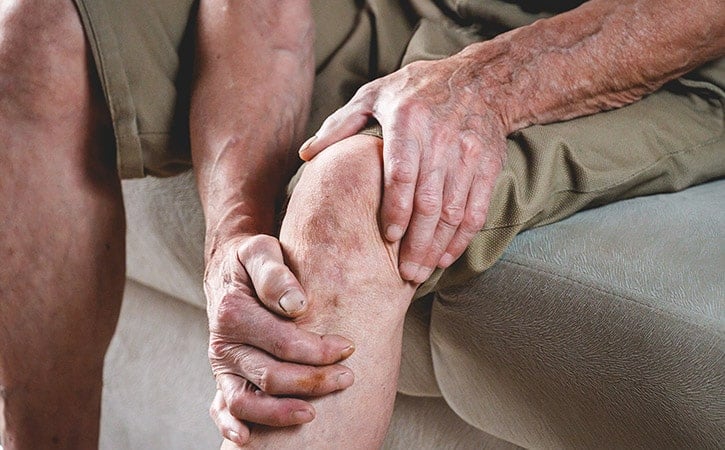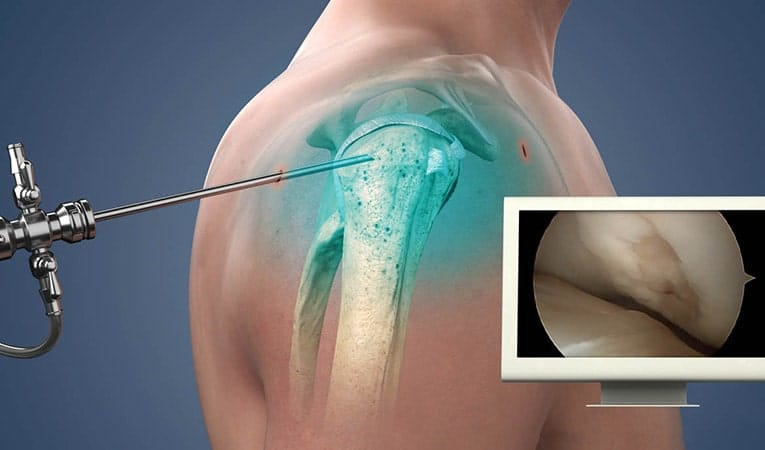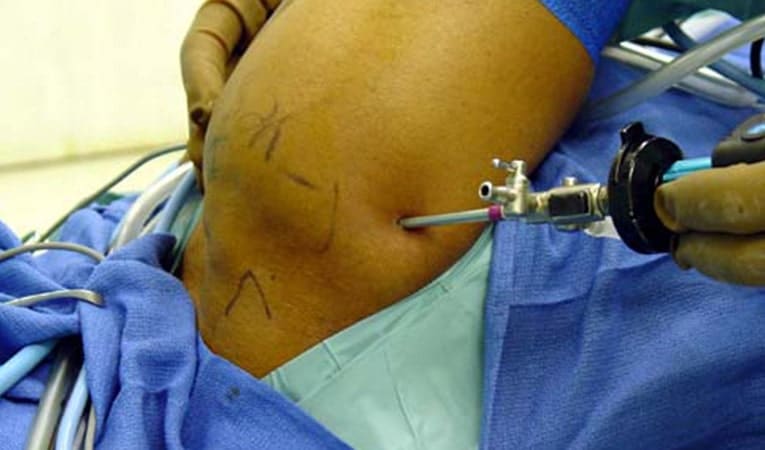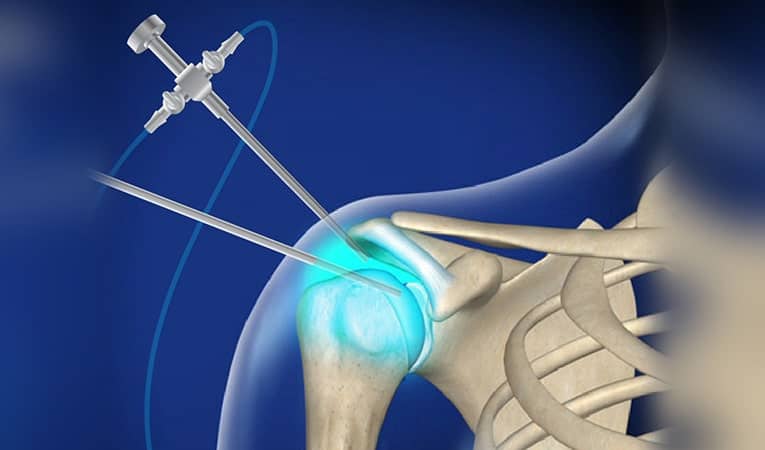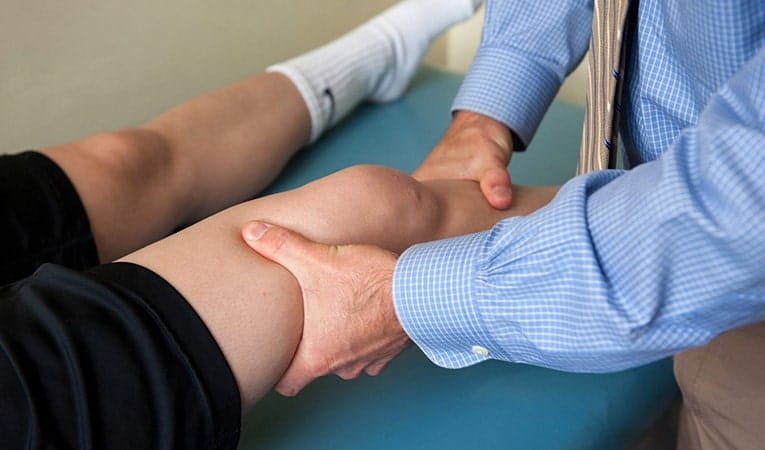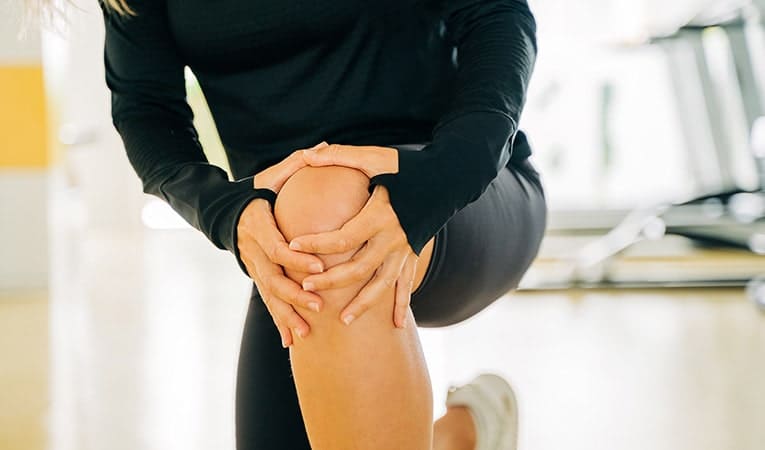Welcome to our sports injuries clinic in Powai, Mumbai! As passionate advocates for fitness and well-being, we understand the growing popularity of running in our vibrant community. While running is an excellent form of exercise, it’s crucial to be mindful of potential injuries that can arise. In this blog, we’ll explore common running-related injuries and provide practical tips on preventing them.
Understanding Common Running Injuries:
1. Runner’s Knee:
Characterized by pain around the kneecap, a runner’s knee is often caused by overuse, improper footwear, or muscle imbalances.
2. Shin Splints:
Pain along the shinbone can result from excessive stress on the shin tissues, often due to sudden changes in intensity or improper running techniques.
3. Plantar Fasciitis:
Inflammation of the plantar fascia, the tissue connecting the heel to the toes, can lead to heel pain and discomfort during running.
Prevention Strategies:
1. Proper Footwear: Invest in quality running shoes that provide proper support and cushioning. Our clinic offers expert advice on selecting the right footwear for your running style.
2. Gradual Progression: Avoid sudden increases in mileage or intensity. Gradually build up your running routine to allow your body to adapt and strengthen.
3. Cross-Training: Incorporate cross-training activities such as swimming or cycling to reduce the impact on your joints and muscles while maintaining cardiovascular fitness.
Proactive Injury Management:
1. Listen to Your Body: Pay attention to any pain or discomfort during and after running. Ignoring early warning signs may lead to more severe injuries.
2. Rest and Recovery: Adequate rest is essential for muscle recovery. If you experience pain, allow your body sufficient time to heal before resuming your running routine.
3. Consult with Our Experts: Our experienced sports injury specialists in Powai are here to assess, diagnose, and provide personalized treatment plans to address running-related injuries.
Community Support and Resources:
1. Join Running Groups: Connect with local running communities to share experiences, insights, and tips for injury prevention.
2. Educational Workshops: Stay informed about proper running techniques and injury prevention through workshops organized by our clinic.
Conclusion
At the Shoulder & Knee clinic, we’re committed to promoting a healthy and active lifestyle. By understanding common running injuries and implementing preventive measures, you can continue to enjoy the benefits of running while minimizing the risk of injuries. If you ever find yourself dealing with a running-related injury, our team is here to provide expert care and support on your journey to recovery. Happy running!

